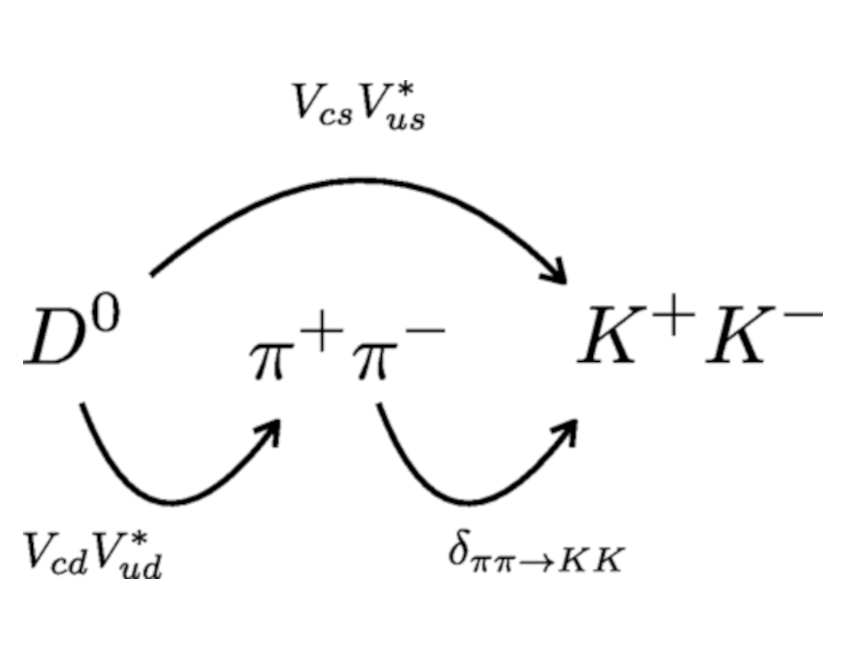PG-FIS professor Tobias Frederico is the coauthor of a recently published article in Physical Review Letters that addresses the problem of CP violation in the decay of the D0 meson and proposes a new theoretical approach to explain recent experimental results obtained in the LHCb experiment, (Large Hadron Collider beauty experiment) at the LHC (Large Hadron Collider), at CERN. The first author, Ignácio Bediaga is a senior physicist at CBPF (Centro Brasileiro de Pesquisas Físicas) and the other co-author, Prof. Patrícia Magalhães, conducted the research related to this work while doing a post-doctoral internship with Professor Tobias Frederico at ITA.
In a video and article published by SBF (Brazilian Physics Society), Patrícia Magalhães explains in accessible language the work she developed together with professor Tobias Frederico. LHCb experimental observations of D0 decay showed a greater than expected asymmetry of matter decays compared to antimatter decays. This asymmetry results from the so-called CP violation (charge parity) and was already expected by physicists in the field. However, the degree of asymmetry observed experimentally was 10 times greater than expected.
In this article published in Physical Review Letters, the authors propose a new methodology for calculating decay amplitudes, which enabled them to predict an asymmetry due to CP violation consistent with experimental results. This methodology explains the asymmetry by taking into account the hadronic interactions of the final states of the decay, unlike the most conventional ones, which only considers interaction between quarks at short distances and disregards the long-range effects arising from the formation of hadrons in the final state and their subsequent interactions.
The topic of this research is part of the Nuclear Physics concentration area of the ITA Physics Postgraduate Program. ITA opens registrations for its postgraduate studies every semester, with the PG-FIS being an option for those interested in developing a master's or doctorate in the field of Physics.

